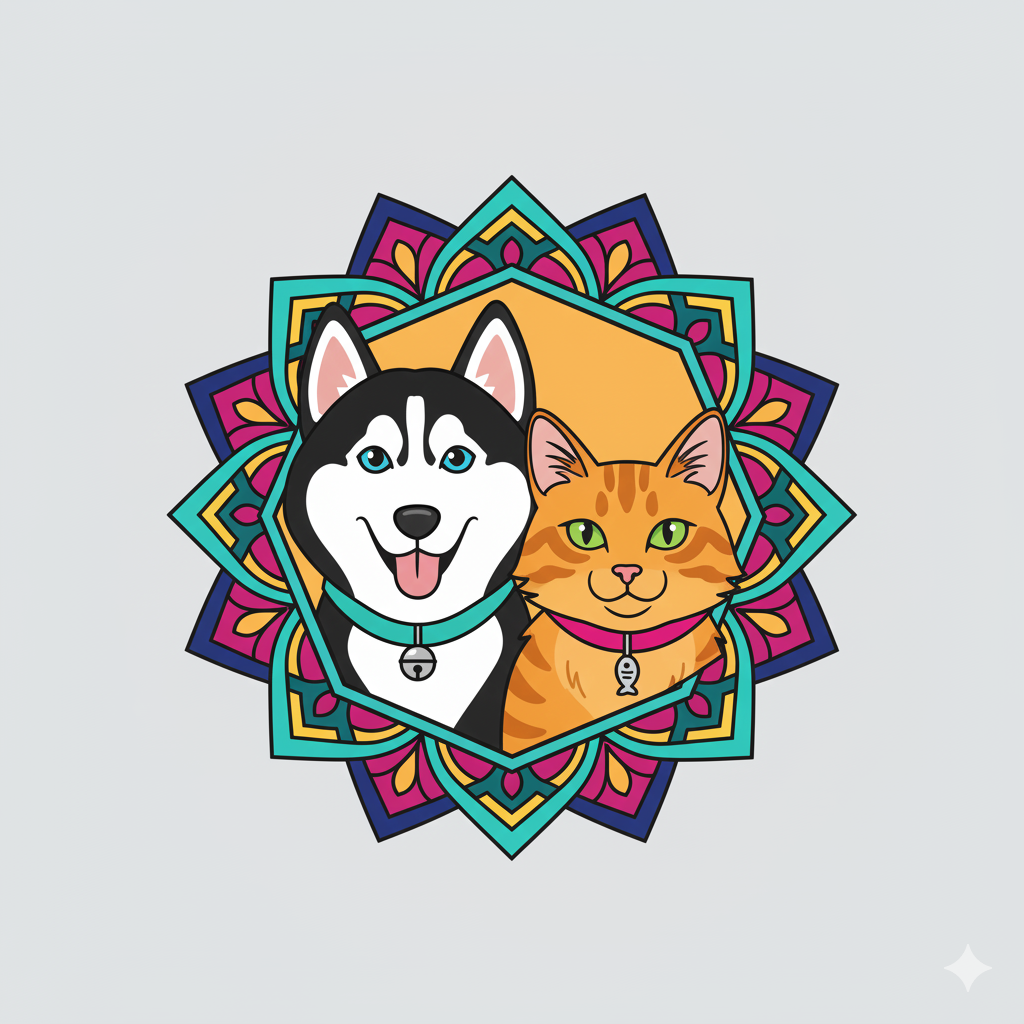Key Steps to Prepare for Socializing a Pet Rabbit
Preparing your rabbit for socialization is essential to ensure positive interactions and reduce stress. Start by assessing your rabbit’s temperament and medical health. A healthy, calm rabbit is more likely to adapt well to new social experiences. Consult a veterinarian to confirm your rabbit’s health, as underlying conditions can affect behavior during introductions.
Next, familiarize yourself with rabbit behavior basics, especially body language. Rabbits communicate through subtle signals such as thumping, ear positioning, and grooming habits. Recognizing signs of stress—like freezing, avoiding eye contact, or aggressive thumping—helps you intervene early and adjust the socialization pace. A stressed rabbit is less receptive to new companions and may develop negative associations.
This might interest you : What Unique Traits Do UK Pets Offer Compared to Exotic Animals?
When it comes to introducing rabbits to other pets, preparation is key. Prepare separate, secure living spaces where you can safely control interactions. Use barriers like playpens or pet gates to allow visual and scent exposure without direct contact initially. This gradual approach minimizes fear and aggression. Avoid forcing encounters, and always supervise closely to ensure safety.
Proper rabbit socialization preparation focuses on patience, careful observation, and controlled environments, all tailored around understanding your rabbit’s unique personality and communication cues.
Additional reading : What Are the Benefits of Owning Unusual Pets in the UK?
Safe Introduction Methods for Different Household Pets
Introducing rabbits to cats, dogs, or other rabbits requires careful planning and patience to ensure a smooth transition. Start with gradual scent introduction: let pets sniff each other’s bedding or toys. This familiarizes them with new scents without direct contact, reducing stress.
Next, use visual introductions by placing the rabbits and cats or dogs in separate but adjacent spaces. This allows them to observe each other safely. For example, keep cats on a leash or behind a barrier when introducing to rabbits. This controlled exposure helps each pet adjust without feeling threatened.
When progressing to face-to-face meetings, supervise closely. Dogs especially may have strong prey drives and need gentle handling to prevent chasing. Cats tend to be curious but cautious; ensure they don’t approach the rabbit aggressively.
For introducing rabbits to other rabbits, a neutral territory is best to avoid territorial disputes. Observe their behavior carefully to detect any signs of aggression or stress early.
Adapting your approach depending on your pets’ personalities is crucial. Some dogs or cats may require longer scent and visual introduction phases, while calm animals might bond faster. Remember, patience and careful monitoring prevent stressful encounters and promote harmony.
Signs of Stress and Ensuring Rabbit Well-Being During Socialization
Recognizing rabbit stress signs early is essential to maintaining your pet’s safety and comfort during socialization. Common indicators include thumping hind legs, flattened ears, rapid breathing, and avoidance behaviors. These signs show that the rabbit feels threatened or overwhelmed. Monitoring these subtle cues helps prevent escalation to aggression.
For effective pet rabbit safety, create safe zones where your rabbit can retreat. These areas should be quiet, secure, and easily accessible. Additionally, establish clear escape routes so your rabbit can leave interactions whenever it feels uneasy. This respectful approach promotes positive experiences and minimizes anxiety.
When introducing your rabbit to other pets, watch for persistent stress signs or aggressive behaviors like lunging or biting. If such signs appear, pause the socialization session immediately. Take time to reset and try new, calmer methods—such as slow gradual exposure or shorter meetings. Successful socialization hinges on patience and responsiveness, ensuring your rabbit remains confident and stress-free throughout the process.
Troubleshooting Common Problems in Rabbit Socialization
When addressing socializing problems in rabbits, recognizing territorial behaviors and fear responses is crucial. Rabbits naturally defend their space, often leading to aggressive postures or chasing when meeting new companions. This reaction is a protective instinct that should be managed with patience and gradual exposure to reduce stress.
Interspecies pet issues may arise if rabbits share space with other animals, such as cats or guinea pigs. These dynamics can cause anxiety or confusion for the rabbit, complicating social bonding efforts. Observing interactions carefully and providing separate safe zones helps minimize these conflicts.
Socialization setbacks like minor conflicts during introductions are common. Instead of forcing interactions, separate rabbits when signs of tension appear, then try reintroducing them slowly using controlled environments. Persistent aggression or distress signals indicate that this process might require extended time or expert intervention.
Seeking professional behavior advice benefits owners facing repeated issues. Animal behaviorists can customize strategies based on individual rabbit temperaments and environmental factors, improving social success. Early consultation prevents escalation of socialization setbacks and enhances companionship quality.
